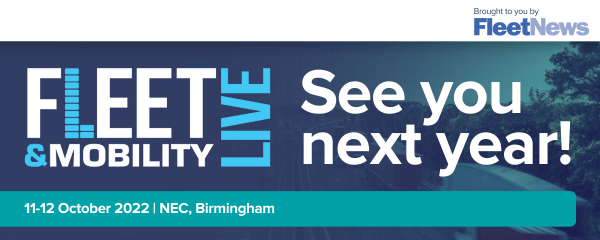Nerys Parry, partner and head of transport and logistics at Keoghs
A continued hardening of the market and other contributing factors over the past 18 months has led to an increasing number of fleet operators looking at ways to reduce their insurance premiums by opting to self-insure instead of taking out more comprehensive, ground-up cover or increasing their risk appetite through larger deductibles.
However, there are both benefits and drawbacks to this approach and brokers or similar insurance experts should guide them in that regard.
Additionally, operators exploring the self-insurance route need to consider the types of claims that they might face and where the volume and value trends are currently sitting in order to understand the potential risks and make an informed decision.
Understanding the claims climate
For some fleets, the pandemic has resulted in higher workloads, with online shopping deliveries booming, and millions of vaccine doses and other medical and safety supplies in need of urgent transportation.
For others, lockdown measures have seen volumes collapse, leaving thousands of vehicles mothballed.
Not only has this left businesses concerned about the reliability and continuity of supply, it has put fleet operators in a very uncertain position.
As a result of changing consumer behaviours, fleet operators also face new safety risks as businesses rapidly expand home delivery services, which has meant an increase in accidents with parked fleets on the roads.
Whilst damage costs are controlled post-accident, meaning costs are often out of fleet operators’ hands, frequency reduction is something they can influence through driver training and monitoring, careful route planning, vehicle safety systems and other transport and fleet management tools.
The logistics sector also faces an acute shortage of drivers – a problem that has existed for a number of years, but has been exacerbated by COVID-19 and Brexit, which have seen many EU workers return to their home countries.
Whilst the greater demand for drivers has driven up costs for fleet operators, it has also led to the introduction of a less experienced workforce with a number of furloughed or redundant employees turning to driving to supplement income.
These individuals are taken on by fleets to meet demand, but often their lack of experience and working longer hours poses additional risks of road traffic accidents.
Furthermore, post-Brexit trade restrictions have made the availability of parts and raw materials for both fleets (and the damage these fleets can inflict on third party property) scarce, and pushed up costs by almost 20%, according to repair networks.
The new trading relationship will still require many of the same preparations, not least the introduction of customs declarations and additional checks on imported materials, which could lead to an increased financial burden on fleet operators and serious delays to operations.
Another consideration for fleet operators is the whiplash reforms, which came into effect from May 31 following a long wait.
While it is still early days for the implementation of the reforms, with fewer than anticipated claims volumes emerging, this is likely to pick up as the process is further tried and tested.
The reforms have been designed to simplify and clarify processes around claims for victims, so ultimately we will should see an increase in volume of claimants in person.
Therefore, fleet operators should also make sure they have familiarised themselves with the new claims processes as they will be a first port of call for many claimants.
To insure or self-insure?
Fleet operators should ensure they have researched their options carefully and, importantly taken appropriate expert advice from brokers and insurance specialists.
Market conditions, pricing and availability of non-conventional packages through insurers will also inform these decisions.
Don’t forget, an additional consideration thereafter for fleets is to identify an appropriate third party administrator (TPA) to handle the claims and report into the insuring party and their Underwriters.
Engaging their own TPA to handle the claims enables the operator to shape and contribute to the development of their own claims strategies and be more involved in the management of claims generally.





















Login to comment
Comments
No comments have been made yet.